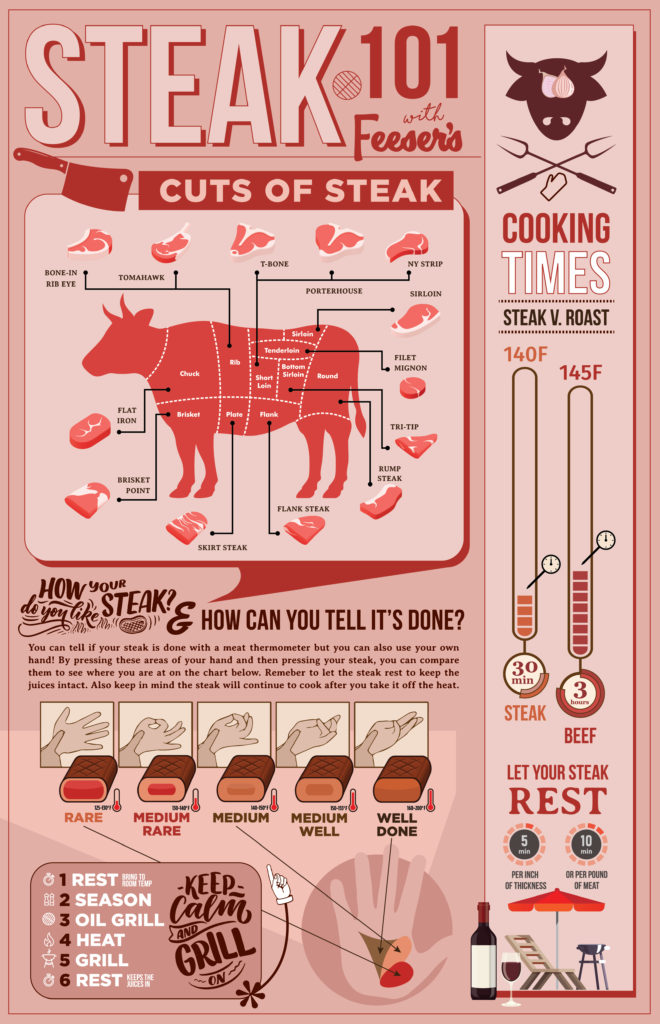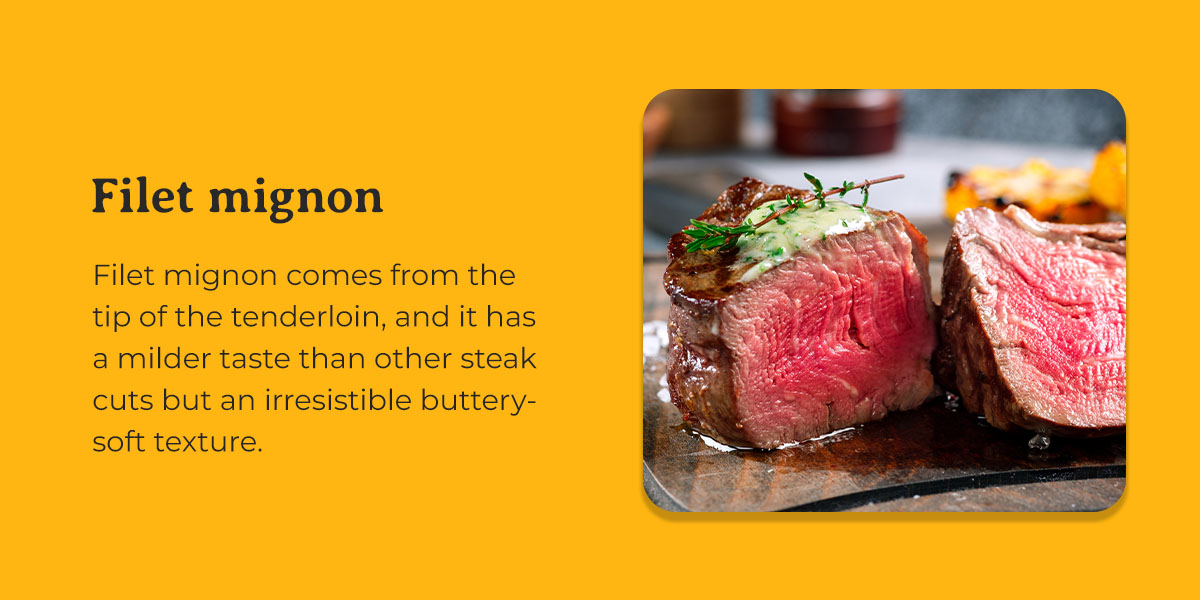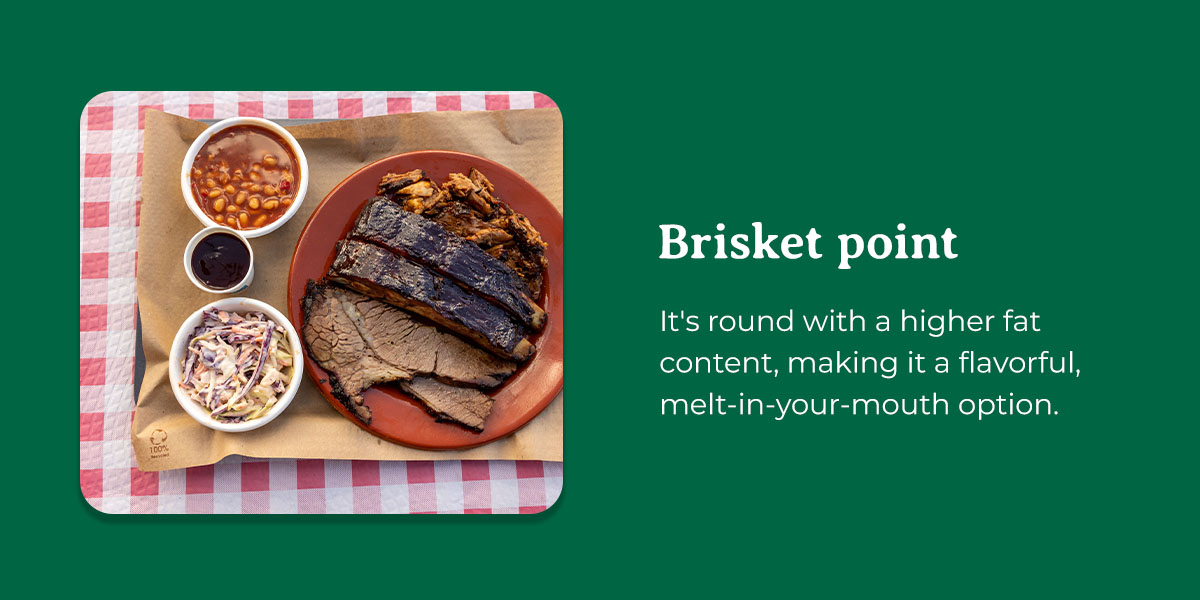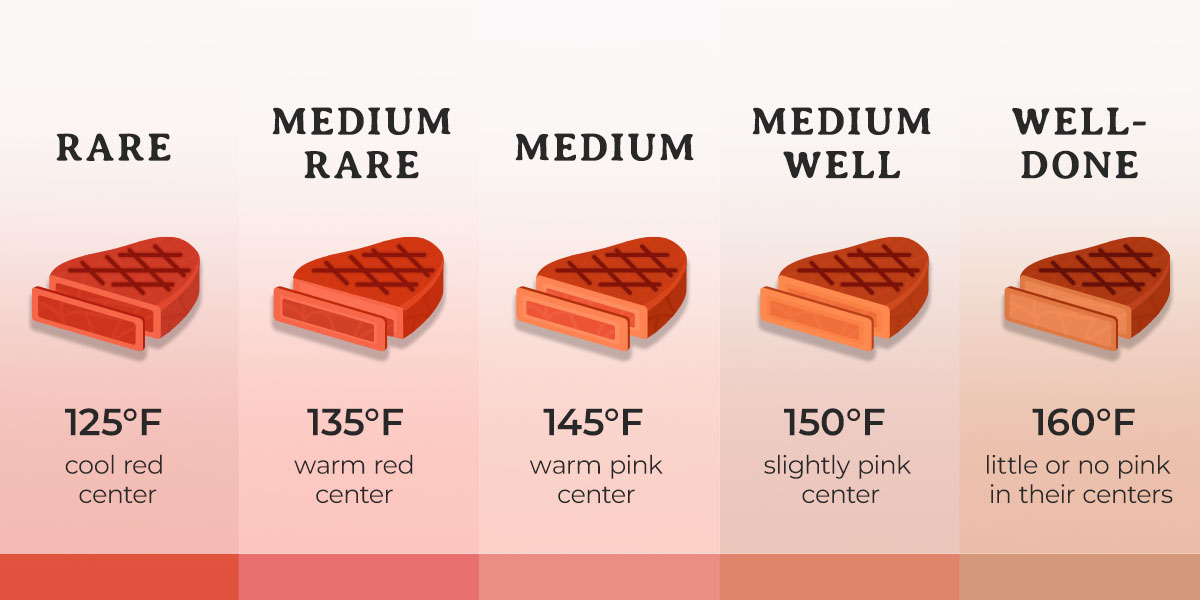A Guide for Restaurants on Steak Types and Preparation
Steak is a versatile dish and a staple in many restaurants. Choosing the best cuts of steak for your establishment can set your restaurant above the rest, attracting more customers and increasing your popularity. With the right cuts, you can serve the juiciest steaks bursting with flavor.

Types of Steak Cuts Explained
Understanding the different steak types helps you choose the best cuts for your restaurant. Whether you want to offer the juiciest steaks, the leanest cuts or several different flavors and textures, the following steak options give you plenty of variety to choose from:
- Bone-in ribeye: A bone-in ribeye from the rib section is also known as a cowboy steak, and its high-fat content gives it an excellent flavor that meat lovers crave.
- Tomahawk: A tomahawk steak is another version of the bone-in ribeye from the rib section, but it has a longer bone. Cowboy steaks and tomahawk steaks offer the same incredible flavor.
- Filet mignon: Filet mignon comes from the tip of the tenderloin, and it has a milder taste than other steak cuts but an irresistible buttery-soft texture. It’s also a leaner cut that appeals to individuals looking for a steak with lower fat content.
- Sirloin: Sirloin steak comes from the top of a cow’s back and offers a robust flavor. It’s a leaner and more uniform cut similar to the filet, and it’s perfect for kabobs and stir-fry dishes because it’s very versatile.
- New York strip: New York strip steak comes from the top of the short loin section behind the ribs. It has a bit of a chew to it and less fat than a ribeye, but it offers a great taste at an excellent price for individuals looking for a more affordable dinner option.
- Porterhouse: A porterhouse steak is a combination of a filet mignon or tenderloin and a New York strip separated by a T-bone. It comes from the short loin.
- T-bone: A T-bone steak is another cut of steak separated by the T-bone, but it comes from the front of the loin and contains a smaller section of tenderloin than the porterhouse.
- Rump steak: A rump steak comes from a cow’s hindquarter and has a minerally deep, rich taste, allowing you to add flavorful sauces without overpowering the steak’s natural flavor.
- Tri-tip: The tri-tip cut comes from the bottom or tip of the sirloin. It’s a lean cut with a rich, meaty flavor.
- Flat iron: A flat iron steak comes from the muscle in the beef chuck primal located behind the tenderloin, and it offers a soft texture similar to the filet mignon. With excellent marbling and tenderness, this mouthwatering cut is an excellent option.
- Brisket point: A brisket point steak is one of the cuts that comes from the breast meat or brisket. It’s round with a higher fat content, making it a flavorful, melt-in-your-mouth option.
- Flank steak: Flank steak is a lean cut from the abdominal muscles that has a chewier texture than other cuts. It’s an excellent staple if your restaurant serves steak fajitas.
- Skirt steak: Skirt steak is a long, thin cut from the belly or plate section below the ribs. It has a pleated appearance due to its visible muscle fibers. It’s a lean cut with a fantastic beefy flavor.
Steak Preparation Guide
The following steps can help you cook any cut of steak to perfection:
- Rest: Allowing a steak to rest helps its surface and internal temperatures balance so the meat is prepared to cook evenly. Thinner steak cuts should rest for five to seven minutes before they hit the heat, and thicker cuts should rest approximately 10 to 20 minutes.
- Season: Seasoning such as salt or a dry steak rub enhances a steak’s flavor. Apply seasoning to your steak approximately 10 to 15 minutes before cooking.
- Oil your grill: Applying oil to your grill prevents steak from sticking to the surface while it cooks. Gently apply oil to your grill rack before turning it on.
- Heat: Allow your grill to heat for 10 to 15 minutes before cooking for the best results. If your grill has a temperature gauge, allow it to reach 450 to 500 degrees Fahrenheit before you begin cooking.
- Grill: A steak’s ideal cook time depends on the cut’s thickness and desired internal temperature range, but you should aim to flip a steak only once while cooking, ensuring each side cooks evenly.
- Rest: Beef also needs to rest after cooking. While a steak is cooking, liquids move from its edges to its center. Resting the cut at room temperature allows these liquids to move back to the steak’s edges, preventing them from pouring out when you slice into it. The United States Department of Agriculture (USDA) recommends allowing steak to rest for at least three minutes after it reaches the desired internal temperature to eliminate harmful bacteria. However, the general rule is to let it rest for five minutes per inch of thickness or 10 minutes per pound of meat so it retains that mouthwatering juiciness everyone loves.
How to Cook Different Types of Steak Doneness

A steak’s flavor, texture and juiciness change according to its final internal temperature after cooking. You can cook steaks at the following levels:
- Rare: A steak cooked to rare has a cool red center and an internal temperature of 125 degrees Fahrenheit.
- Medium rare: A medium rare steak has a warm red center and an internal temperature of 135 degrees Fahrenheit.
- Medium: Medium steaks have a warm pink center and an internal temperature of 145 degrees Fahrenheit.
- Medium well: A medium well steak has a slightly pink center and an internal temperature of 150 degrees Fahrenheit.
- Well-done: Well-done steaks have little or no pink in their centers and an internal temperature of 160 degrees Fahrenheit.
All steak cuts retain their best flavor and tenderness when you prepare them at rare, medium rare or medium temperatures. Rare is the best temperature for thicker cuts such as filets, and medium rare is best for cuts such as the New York strip, skirt steak and flank steak. Medium is an excellent option for thinner cuts such as sirloin, hanger and rump steaks. Medium well and well-done temperatures make steaks tougher and less flavorful, but some patrons may prefer these temperatures.
A meat thermometer is the best way to test if a steak is done, but you can also use your hand. You can press on certain areas of your hand and compare them to your steak to determine if it’s done. Refer to our chart to learn which areas to press for each temperature range.
How to Store Steak Properly
Freezing beef as fast as possible and in airtight containers is essential for food safety and quality, and vacuum-sealed packaging is ideal. Beef retains its flavor for four to six months in a freezer, so you should use each cut of steak before it remains frozen for too long.
Purchase High-Quality Steaks From Feeser’s

Offering the best cuts of steak and preparing them to perfection can keep customers returning to your restaurant. Feeser’s is passionate about providing juicy, savory steaks, and our knowledgeable staff can help you choose the perfect cuts. We offer a meat supply with a wide variety of cuts and food from the highest-quality national brands, and you can order steaks fresh or frozen depending on your restaurant’s needs. Contact us to learn more about our available food products and order delicious steaks.




